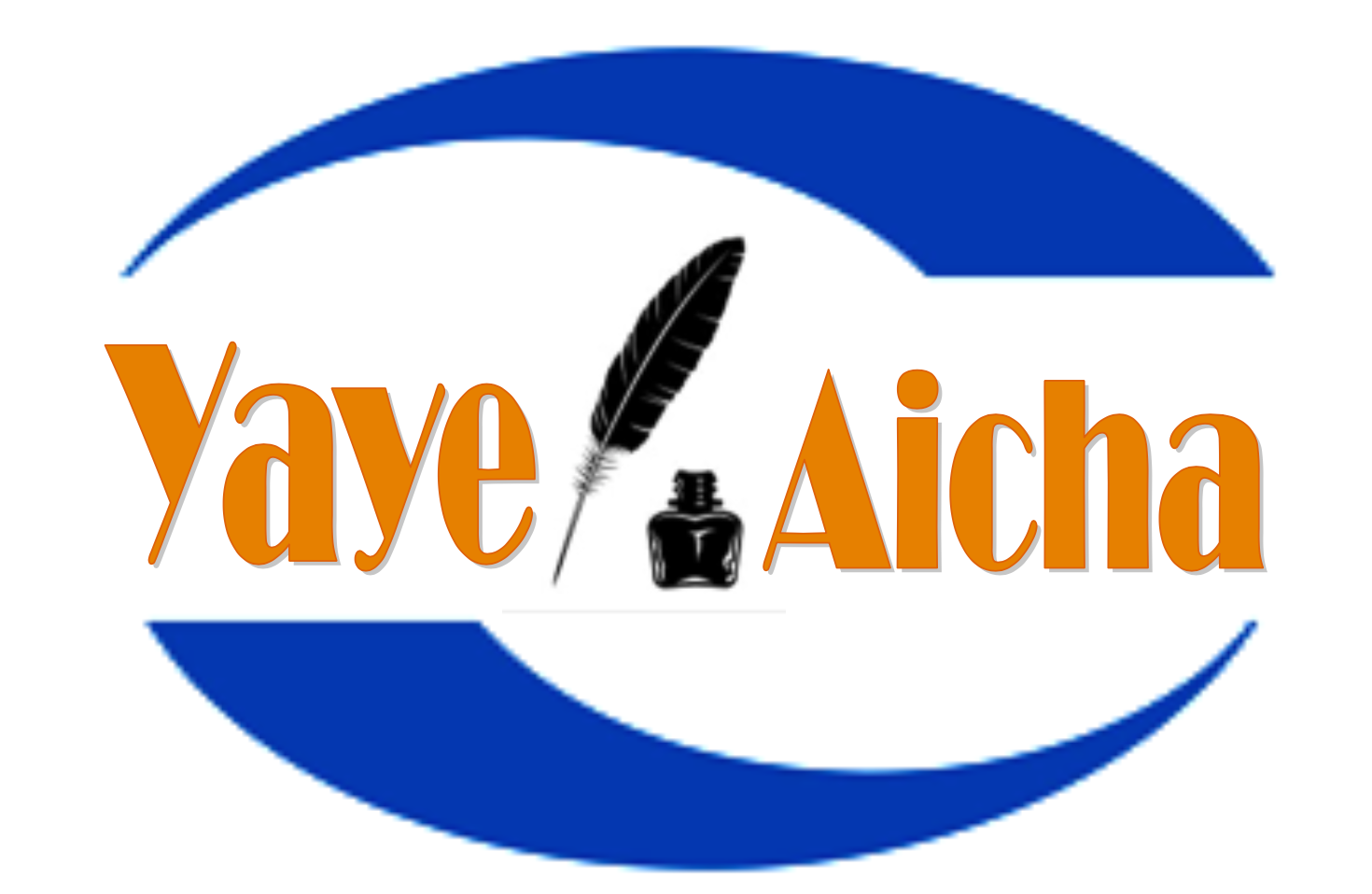- Echoes of Change: Examining the 58% jump in citizen journalism reshaping how news today unfolds and amplifies unheard voices.
- The Rise of the Citizen Reporter
- Impact on Traditional Journalism
- The Role of Verification Tools
- Ethical Considerations & Challenges
- The Impact of Algorithms and Social Media
- Navigating the Future of News
Echoes of Change: Examining the 58% jump in citizen journalism reshaping how news today unfolds and amplifies unheard voices.
The media landscape is undergoing a dramatic transformation, driven by the proliferation of citizen journalism. This shift, where ordinary individuals contribute to the reporting and dissemination of information, has resulted in a remarkable 58% increase in citizen-sourced content. This phenomenon fundamentally alters how news today unfolds, amplifying voices previously unheard and challenging the traditional gatekeeping role of established media organizations. It’s a democratizing force, but also one fraught with challenges pertaining to verification and accuracy.
This surge in citizen journalism isn’t simply about more content; it’s about a fundamental shift in narrative control. Previously, major media outlets largely dictated what stories were told and how they were framed. Now, individuals with smartphones and social media accounts have the power to document events as they happen, providing raw, unfiltered perspectives. This immediacy can be crucial in situations where traditional media is slow to respond, censored, or simply absent. However, the lack of professional training and editorial oversight presents significant risks and requires a critical approach from consumers of information.
The Rise of the Citizen Reporter
The accessibility of technology is the primary driver behind this dramatic increase in citizen journalism. Smartphones equipped with high-quality cameras and readily available internet access have empowered anyone to become a potential reporter. Social media platforms like X (formerly Twitter), Facebook, and Instagram have become vital distribution channels, allowing citizen journalists to bypass traditional media gatekeepers and reach a global audience instantly. This has become particularly evident in regions experiencing conflict or political unrest where access for mainstream journalists is restricted.
This ease of contribution isn’t without its drawbacks. The rapid spread of misinformation and disinformation, often referred to as “fake news,” presents a major challenge. Unlike professional journalists who adhere to established ethical guidelines and verification processes, citizen journalists may lack the training and resources to ensure the accuracy of their reporting. This can have serious consequences, potentially inciting violence, damaging reputations, or distorting public understanding of important events. The responsibility, therefore, falls on consumers of information to exercise critical thinking skills and verify information from multiple sources.
| X (formerly Twitter) | 25% | Community Notes, Fact-Checking Partnerships |
| 20% | Third-Party Fact-Checkers, User Reporting | |
| 15% | Visual Verification Tools, User Reporting | |
| YouTube | 10% | Content ID, Community Guidelines Enforcement |
Impact on Traditional Journalism
The increasing influence of citizen journalism has forced traditional media organizations to adapt. Many news outlets now actively monitor social media for breaking news and eyewitness accounts, often incorporating citizen-generated content into their reporting. This collaborative approach can provide valuable insights and perspectives, but it also raises ethical questions about sourcing and verification. Credibility remains paramount, and news organizations are under increasing pressure to clearly distinguish between verified reporting and unconfirmed citizen contributions.
The financial implications are also significant. The decline of traditional advertising revenue coupled with the rise of free, citizen-sourced content has put a strain on the business models of many news organizations. This has led to staff reductions, shrinking newsrooms, and a reduction in investigative journalism. Exploring new revenue streams, such as subscription models and philanthropic funding, is crucial for ensuring the long-term sustainability of quality journalism in the face of this evolving landscape.
The Role of Verification Tools
In response to the proliferation of misinformation, a range of verification tools and techniques have emerged. These include reverse image search, geolocation data analysis, and fact-checking websites. Reverse image search allows users to determine the origin and context of an image, helping to identify manipulated or misattributed visuals. Geolocation data analysis can verify the location where a photograph or video was taken, corroborating or challenging claims made by citizen journalists. Fact-checking websites, staffed by professional journalists, independently assess the accuracy of claims circulating online. These tools are invaluable, but they require expertise and diligence to use effectively.
However, even with the best tools, complete verification is often difficult, particularly in rapidly evolving situations. The sheer volume of information circulating online can overwhelm fact-checkers, and new forms of disinformation emerge constantly. Moreover, sophisticated actors can employ techniques designed to bypass verification mechanisms. Therefore, a holistic approach to information consumption is essential, relying on critically evaluating sources and cross-referencing information from multiple, independent outlets.
- Source Credibility: Evaluate the reputation and track record of the source.
- Cross-Referencing: Compare information with multiple sources.
- Lateral Reading: Explore the source’s website and other online coverage.
- Image Verification: Use reverse image search to check the origin of photos.
Ethical Considerations & Challenges
The rise of citizen journalism brings with it a host of ethical dilemmas. Issues surrounding privacy, consent, and responsible reporting are paramount. Citizen journalists may inadvertently violate someone’s privacy by filming or photographing them without their knowledge or consent. They may also be tempted to sensationalize or embellish stories to attract attention, compromising their objectivity. Clear ethical guidelines and training programs are needed to equip citizen journalists with the skills and knowledge to report responsibly.
The legal landscape surrounding citizen journalism is also complex and evolving. Citizen journalists may be subject to the same laws and regulations as professional journalists, including defamation and libel laws. In some countries, governments have implemented restrictive laws that criminalize the publication of information deemed critical of the government. Protecting the rights of citizen journalists and ensuring their safety is essential for fostering a free and independent media environment.
The Impact of Algorithms and Social Media
Social media algorithms play a significant role in determining which content is seen by users, potentially creating filter bubbles and exacerbating the spread of misinformation. Algorithms prioritize content that is engaging, often favoring sensational or emotionally charged posts over accurate, fact-based reporting. This can lead to users being exposed to a distorted view of reality, reinforcing existing biases and making it more difficult to discern truth from falsehood. Greater transparency and accountability from social media companies are needed to address these concerns and promote a more informed public discourse. The responsibility doesn’t solely rest on platforms, though; users should actively diversify their information sources and challenge their own biases.
Furthermore, the echo chamber effect within social media platforms can amplify the impact of misinformation. When individuals are primarily exposed to information that confirms their existing beliefs, they become less receptive to opposing viewpoints. This can lead to polarization and a decline in civil discourse. Breaking out of these echo chambers requires a conscious effort to seek out diverse perspectives and engage in respectful dialogue with those who hold different views.
- Diversify Sources: Consume news from a variety of outlets.
- Challenge Assumptions: Question your own biases and preconceptions.
- Engage in Dialogue: Talk to people with different viewpoints.
- Fact-Check Regularly: Verify information before sharing it.
Navigating the Future of News
The future of news will undoubtedly be shaped by the continued evolution of citizen journalism. While challenges remain regarding verification, ethics, and sustainability, the potential benefits of a more democratic and participatory media landscape are immense. Embracing a collaborative approach that leverages the strengths of both professional and citizen journalists is crucial. Investing in media literacy education is also essential, empowering individuals to critically evaluate information and become informed citizens.
The ongoing transformation of the news ecosystem demands innovation and adaptability. Exploring new business models, embracing emerging technologies, and fostering a culture of trust and transparency are all vital for ensuring the long-term health and vitality of journalism. The 58% jump in citizen journalism isn’t just a statistic; it’s a signal. It’s a signal that the definition of “news” is changing, and that the power to report and shape narratives is increasingly distributed amongst the people. It’s a new era, and navigating it successfully requires a commitment to truth, accuracy, and ethical responsibility.

